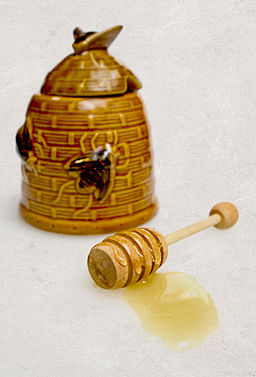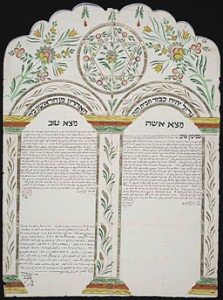When most of us think about Jewish wedding traditions, our thoughts turn to the preparations for and to the day of the wedding itself. But what happens afterwards?
Whether you’ve already been celebrating holidays together, or are just now establishing your shared home life, Jewish tradition marks the first year of marriage in a special way — each week at the Shabbat dinner table.
In many homes, challah, that delicious twisted Sabbath bread, is dipped in salt on the Sabbath eve as a reminder of the Temple service long ago. However, during the first year of marriage a couple can dip their Shabbat challah into honey. Being sweet, the honey celebrates the sweetness and joy of their love and of their new life together.
This tradition of dipping challah in honey takes a page from Rosh Hashanah (the Jewish New Year) when everyone dips apples into honey to express their hopes for a good and sweet new year.
I imagine you could adapt this tradition in a number of ways – perhaps, by finding other sweet spreads (Nutella, anyone?) or, after the first year of marriage, by placing a jar of honey next to your challah on the Shabbat closest to your wedding anniversary.


